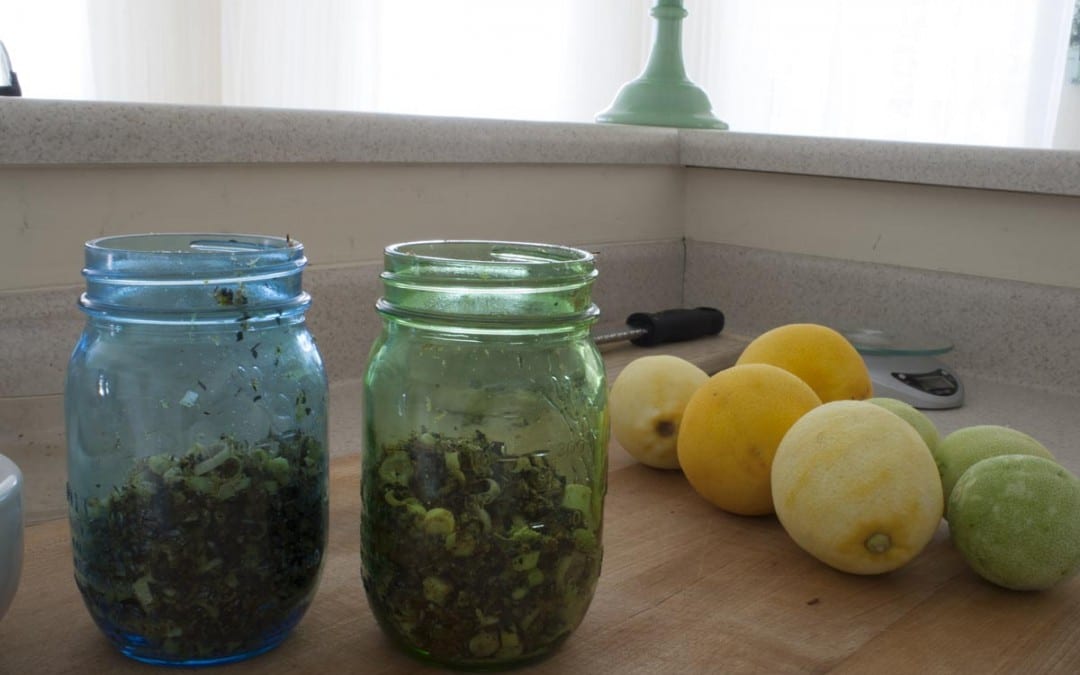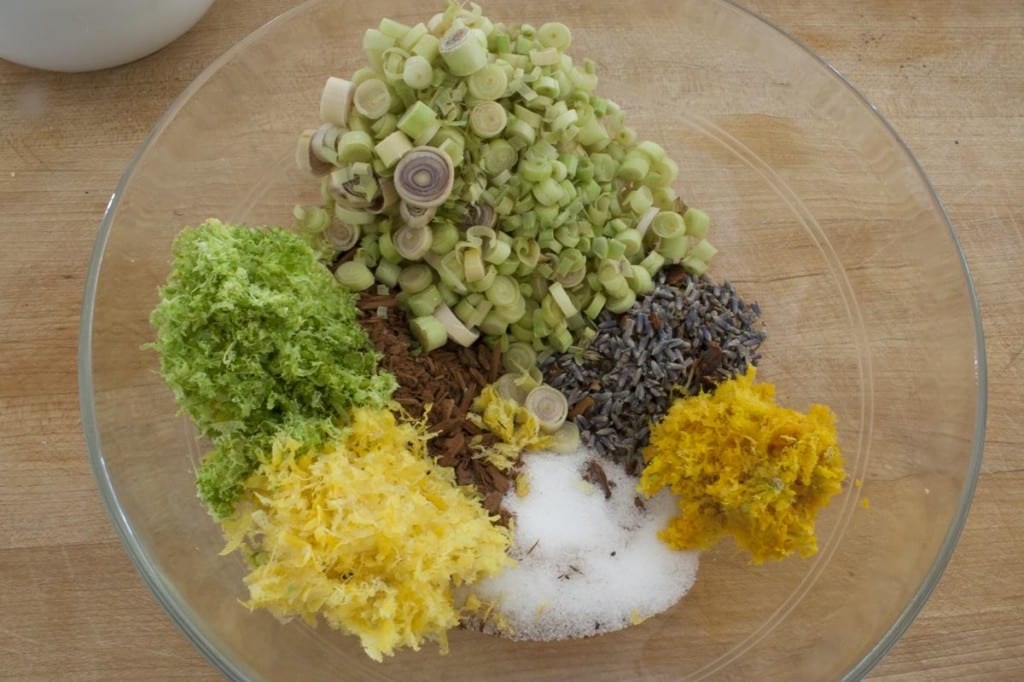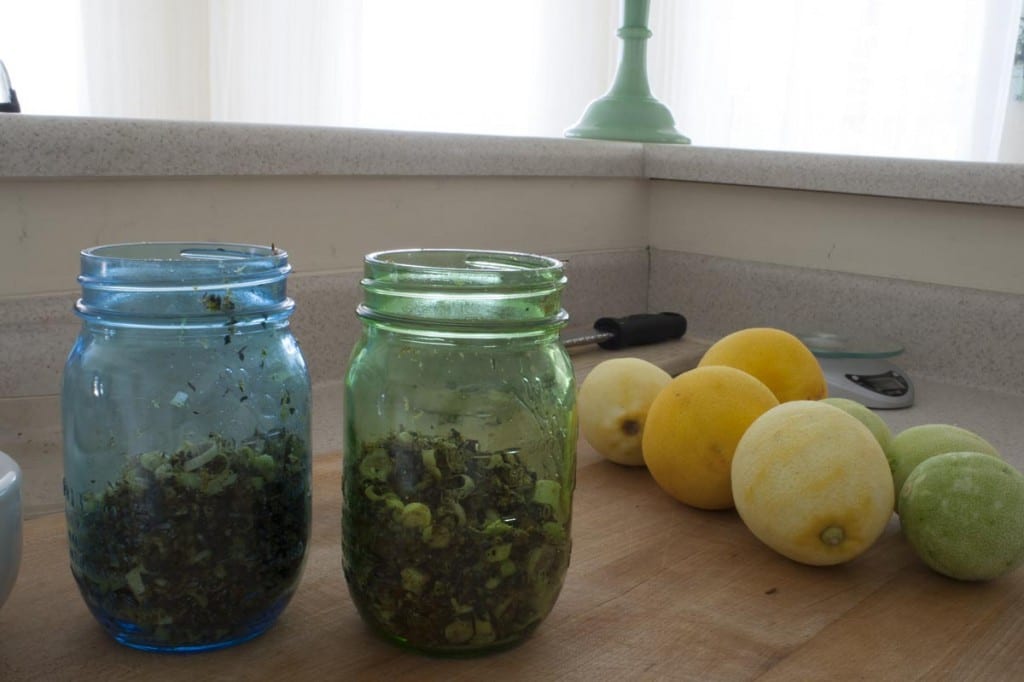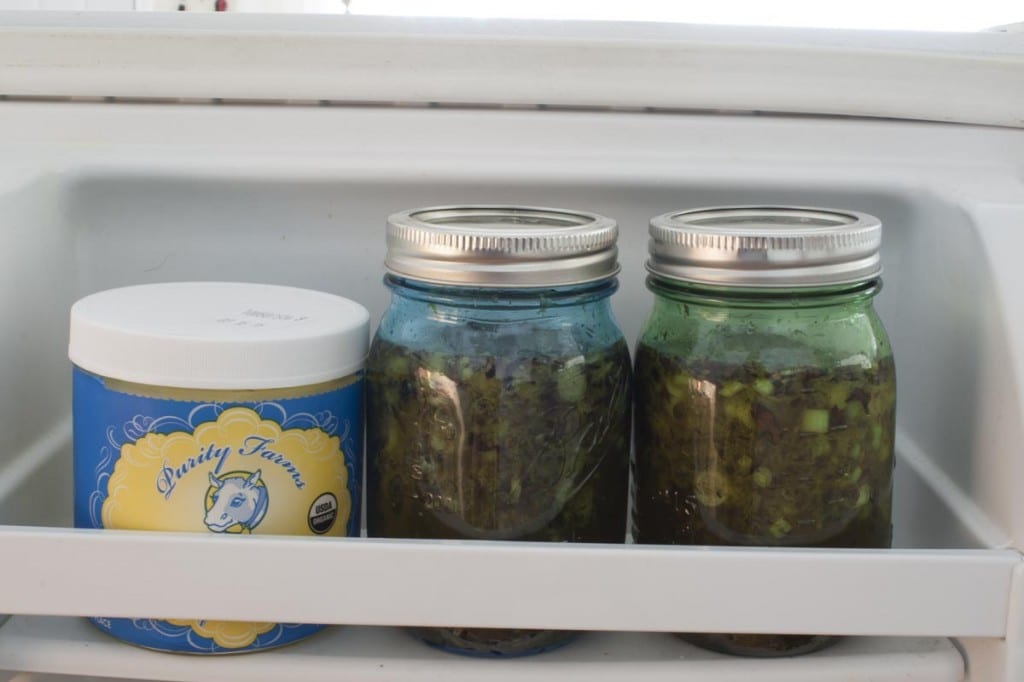Inspired by an article about smarty-pants mixologist Dave Arnold (Food & Wine, May 2014) we decided to try making our own. While smarty-pants Dave has access to quinine sulfate (which is apparently banned to consumers in the US) we had to start at the basics: Cinchona Bark. So, while the tonic we create is incredibly satisfying, and as versatile as your imagination, it is neither sparkling clear nor fluorescent. But, don’t let a pale-brown cocktail stand in the way of the quintissential G&T.
Hardware
- (3) one pint canning jars
- citrus zester (I use a microplane because I’m lazy)
- knife
- cutting board
- kitchen scale
- fine mesh wire sieve
- paper coffee filters
Ingredients
- For Tonic
- 1 ounce chopped cinchona bark (http://www.pennherb.com/cinchona-bark-cut-4-oz-109c4)
- 2 ounces citric acid (Look in the canning aisle at your local grocery or check a beer brewing store)
- zest from 3 limes
- zest from 3 lemons (We tried Meyer lemons and didn’t like them: too muddy tasting)
- zest from 2 medium oranges (I substituted 3 tangerines and it was fun)
- 3 medium stalks lemongrass, cut into circles and separated (like onion rings)
- 4-5 allspice berries
- 3-4 whole green cardamom pods
- 1 tablespoon dried lavender flowers
- 2-3 teaspoons fennel seed
- 1/4 teaspoon kosher salt
- 3 1/2 cups chlorine-free water
- For Complex Syrup
- 2 cups granulated cane sugar (I prefer natural cane sugar since it has a bit more flavor)
- 1 cup chlorine-free water
Tonic Prep
- Combine allspice berries, cardamom, lavendar, fennel and salt in a small mortar and smash them a bit to crack the pods and wake the lavender.
- Combine with the rest of the ingredients and divide between two pint canning jars. Seal tightly, shake them a bit, and store in the fridge.
Don’t worry about exactly dividing the ingredients: they’ll all get mixed together in the end.
- Rotate the jars every time you think of it for about 3 days. I keep them in the top shelf of the fridge door so I see them every time I open the fridge.
- After 3 days (I’ve let them go about a week) empty each jar through a fine mesh sieve into a 1 quart container. Using the back of a spatula or wooden spoon press any remaining liquid out of the remains. Discard the contents of the sieve. (It smells great, but do not be tempted to taste this.)
- Rinse your wire sieve, place an unbleached coffee filter into it, position it above a 2 quart container. Pour enough tonic to fill the filter and go do something else for a while (this is a relatively slow process).
- When the filter has emptied, refill until you have filtered all your tonic.
If you dislike the sediment (it doesn’t bother me) you can filter again with a fresh filter. I never have the patience for a second filter – sometimes not even the first.
- Pour complex syrup (recipe below) into filtered tonic liquid, mix well, divide into rinsed canning jars, and store in the refrigerator.
Complex Syrup
Combine sugar and water in microwave-safe container and heat until all sugar is dissolved, stirring occasionally. Take care as the sugar AND the container will be screaming hot. Cool to about room temperature before you add to the tonic mixture. 2:1 is about the maximum volume of sugar you can dissolve in water so it may take a bit longer than normal.
La Pièce de Résistance
For a G&T I measure about 2 tablespoons tonic syrup in a highball, 1 ounce american gin (Bombay Sapphire or similar) straight from the freezer, fill with large square ice cubes (to minimize melting) and top with cold seltzer water. Stir to marry.
If using london dry gin I’ll add a lime wedge. Either way super cold with minimal ice melt is the secret.








Have you noticed a taste difference between doing your fridge method and the stovetop method? Have you tried the stovetop method? Why did you pick this way?
We tried both ways – and there’s a slight difference in taste. The cooked tonic didn’t seem as ‘bright’. Which feels foolish even typing since there’s so much quinine/citric acid in it. Also, the fridge method is lazier…